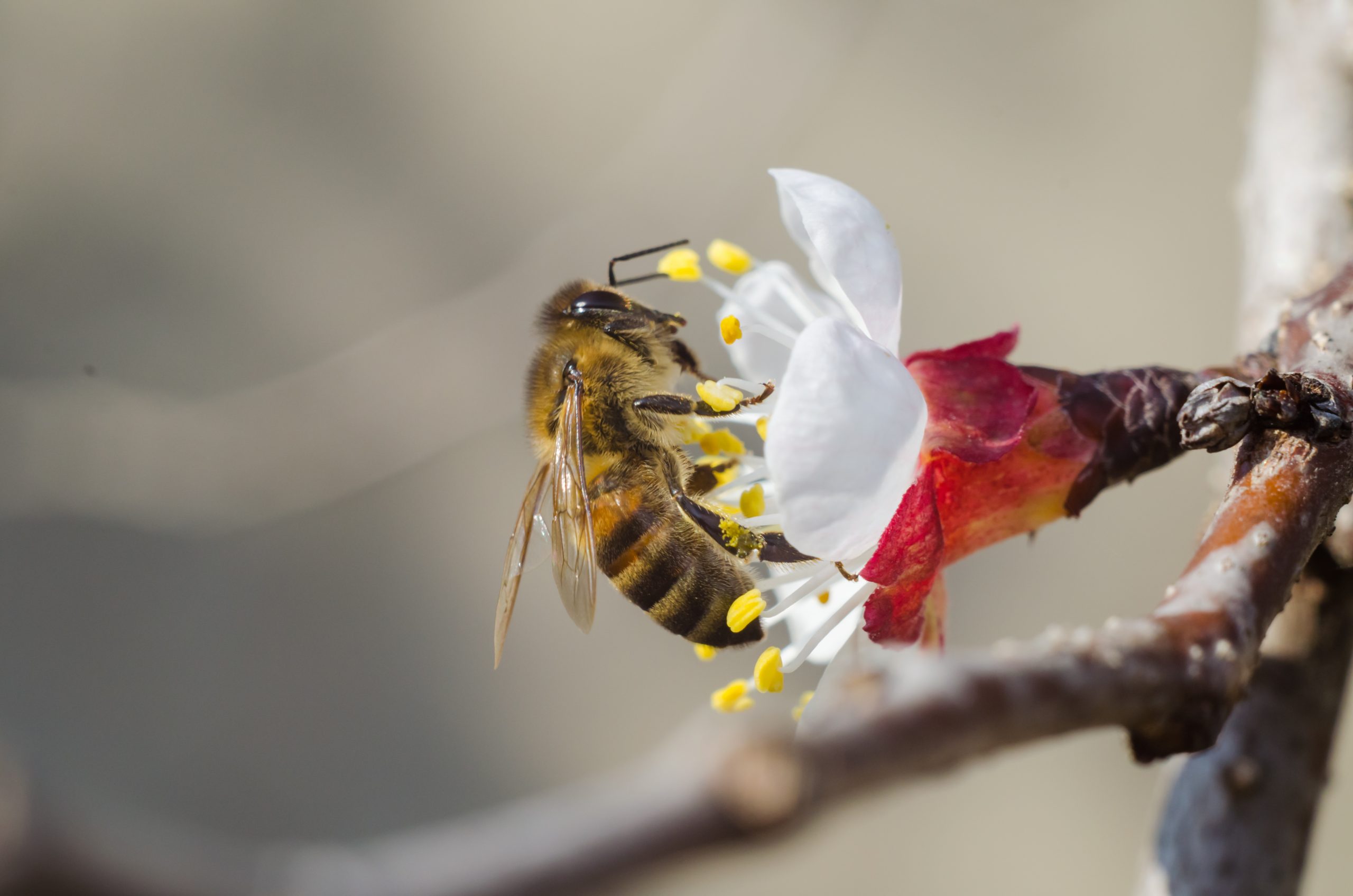New App Protects Bees from Pesticides
April 27, 2016
The effects of pesticides on honeybees and other insects have long been a source of debate for growers, beekeepers, and researchers, though most or all will agree some pesticides, specifically those containing neonicotinoids, are especially toxic to pollinating insects. Efforts have been put in place to help reduce bee poisonings via toxic pesticides like those of Oregon State University Extension’s 2006 publication, “How to Reduce Bee Poisoning from Pesticides,” PNW 591, extensively updated as recently as 2013 by coauthor Louisa Hooven. However, as a way to make this helpful information more readily available, OSU released a smartphone app for growers and beekeepers to consult while in the field, according to Growing Produce, to accompany the original publication.
With the advent of this new app, growers and beekeepers can now remotely consult the publication’s pesticide tables on their phones and tablets easily while on the job. Ramesh Sagili, the publication’s lead author and an OSU researcher, stated, “It’s a smartphone world. Our stakeholders have been asking for an app to go along with this publication, and they’re very excited we now have one.” The guide lists 150 insecticides, fungicides, miticides, slug killers, and growth disrupters, which are made searchable within the app by their trade and chemical names.
“We looked at the crops in the Northwest,” Hooven said. “And then at all the products likely to be used when the crop is flowering—which is when the bees will be foraging…Those were the pesticides we included.” The products listed on the app are sorted into three classes: highly toxic, toxic, and “no bee precautionary statement on label.” Even further, the ratings are based on the cautions and restrictions required by the EPA and listed on the products’ labels, Hooven said.
An additional resource within this app includes estimates of residual toxicity in several products, which is not required by the EPA to be on labels, but instead these estimates came from extensive research using EPA risk assessments and toxicology literature. Hooven stated the original publication had some information on residual toxicity for its listed products, but her team expanded the number of products, added those products’ residual toxicity estimates, and updated information for the products already listed. With these additions, the app provides best practices for managing pesticides not just for honeybees, but for all bee species, such as mason and alkali bees, sweat and squash bees, mining bees, and bumblebees.
Sagili stated agriculture is critically dependent on pollinating insects, and the best protection for all of them starts with proper communication between growers and honey-producing beekeepers. “Pesticide use and bee protection are not mutually exclusive,” Sagili said. “There’s a balanced way to control pests and protect bees both. We want this guide to a useful tool for growers and beekeepers to make informed decisions together.”


.jpg)




